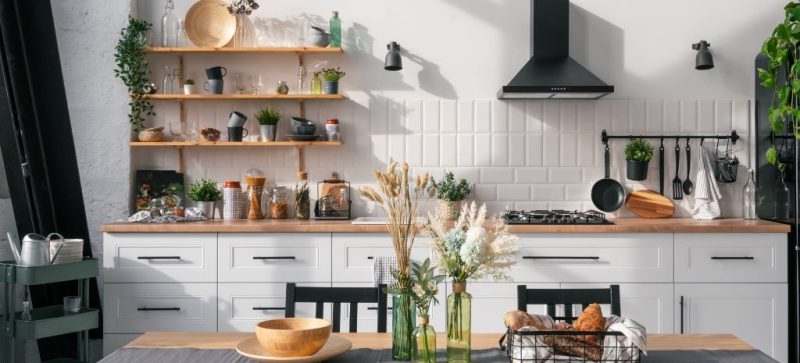Dolomite countertops bring a touch of natural elegance to any kitchen or bathroom. With their subtle veining and soft colors, they offer a more understated beauty than marble, yet are still luxurious. However, like any natural stone, dolomite needs proper care to keep it looking pristine for years to come. Follow this guide to ensure your dolomite countertop retains its charm.
Understanding Dolomite
Dolomite is a natural stone related to marble, formed from calcium magnesium carbonate. It’s typically harder than its marble cousin, making it a good choice for areas with moderate use. While it shares some similarities with marble, dolomite’s less porous nature means it’s a bit more forgiving and a popular alternative for kitchens.

The Basics of Dolomite Care
- Seal Regularly: Dolomite’s naturally porous surface can absorb liquids, leaving stains. Sealing helps create a barrier. Seal your countertop at installation and roughly once a year after (more often in busy kitchens). Test if sealing is needed by dropping some water on the stone – if it beads up, you’re good; if it darkens the stone, it’s time to reseal.
- Clean Gently: Harsh cleaners are a no-no. Opt for mild dish soap, warm water, and a soft cloth. For tougher messes, use a cleaner specifically designed for natural stone.
- Wipe Spills Quickly: Fruit juice, coffee, wine – these are all acidic and can cause etches (dull spots). Clean spills immediately to prevent lasting damage.
Dealing with Stains
Stains happen, but the key is quick action. Here’s how to handle common culprits:
- Oil-Based Stains: Make a poultice (a thick paste). Mix baking soda with a few drops of water. Apply it to the stain, cover it with plastic wrap, and let it sit for 24 hours. Repeat if needed.
- Organic Stains (food, etc.): Use a mix of 12% hydrogen peroxide and some baking soda to create a poultice. Apply like above.
- Tough Stains: If the DIY approach fails, it’s best to consult a stone care professional.
Preventing Damage
Alongside cleaning, here’s what helps your dolomite countertop thrive:
- Cutting Boards are Crucial: Never chop directly on dolomite. It scratches easily, and those scratches harbor bacteria.
- Heat Protection: Use trivets and heat pads! Extreme heat can cause “thermal shock,” leading to cracks.
- Beware of Impacts: Dolomite is more chip-resistant than marble, but heavy objects can still cause damage.
- Placement Matters: Outdoor dolomite needs special sealers and extra care as its exposed to more harsh elements.
Can You Put Hot Pans on Dolomite Countertops? Your Guide to Heat Resistance
Additional Tips for Long-Lasting Beauty
- Coasters are Your Friends: Keep a stack on hand to prevent water marks from glasses.
- Avoid Abrasive Scrubbers: Steel wool or harsh scrub pads will scratch the surface.
- Don’t Sit or Stand on Your Counters: Dolomite may crack or break under excessive weight.
- Professional Help: For deep stains or major damage, always seek professional stone care services.
Can You Restore a Damaged Dolomite Countertop?
Yes, but the extent depends on the damage. Etches, minor scratches, and some stains are often fixable with polishing or honing by a qualified stone professional. However, severe chips, cracks or deep stains may be permanent. The earlier you address an issue, the better the chance of a successful restoration.
The Importance of Enjoying Your Countertop
While care is essential, don’t let it turn into an obsession. Dolomite is a beautiful natural material meant to be used and enjoyed. With proper attention and a bit of mindfulness, your countertop will give you many years of pleasure.
In Summary…
Dolomite requires a bit more attention than durable surfaces like quartz, but the payoff is timeless elegance. Remember – seal regularly, clean with care, address spills quickly, and be mindful in your daily use. With this knowledge, your dolomite countertop will remain a stunning centerpiece in your home.




